Technology is a deflationary force. Many say if it weren't for the Fed's intervention, everything should be falling in prices at a rate of -5% per year due to the rapid innovations in the 21st century that increase productivity. Basically, we are always increasingly being able to do more with less, our dollars are always being stretched farther, which is a constant downward pressure on prices. In this era of robotics, internet, automation, excel, AI this rate of deflation is higher than ever before.
Which is why many economists criticize the Fed's CPI data, because their CPI metric doesn't factor that technological deflationary force in the methodology. The Fed is misleading the public by saying they are only inflating the economy at 2% per year, but it's something more like 10% per year because they start from a reference point of 0 instead of -5% if they factored in deflation.
The CPI is also weighted in goods that are disproportionately getting affected by technological deflation, and underweighting things like housing and asset prices which aren't. Innovations in farming equipment, genetic modifications to the crops, and new pesticides are always making a Cob of Corn cheaper to produce, while innovations in home building haven't been anywhere as significant. That's why you see such a divergence in the inflation of housing and asset prices vs the actual goods and services within our economy.
[link] [comments]

You can get bonuses upto $100 FREE BONUS when you:
💰 Install these recommended apps:
💲 SocialGood - 100% Crypto Back on Everyday Shopping
💲 xPortal - The DeFi For The Next Billion
💲 CryptoTab Browser - Lightweight, fast, and ready to mine!
💰 Register on these recommended exchanges:
🟡 Binance🟡 Bitfinex🟡 Bitmart🟡 Bittrex🟡 Bitget
🟡 CoinEx🟡 Crypto.com🟡 Gate.io🟡 Huobi🟡 Kucoin.



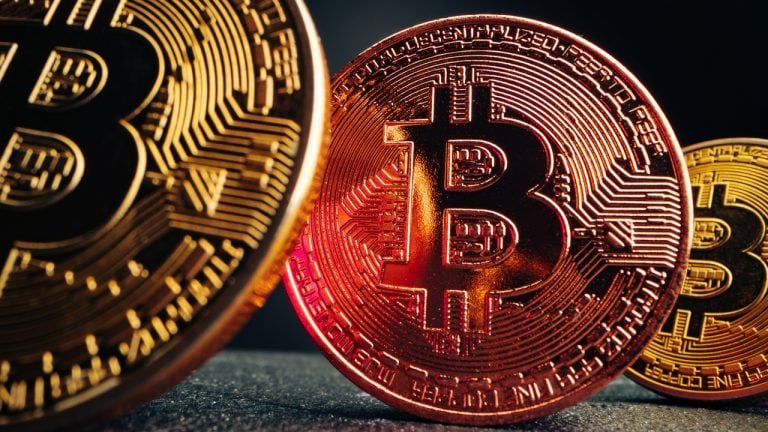


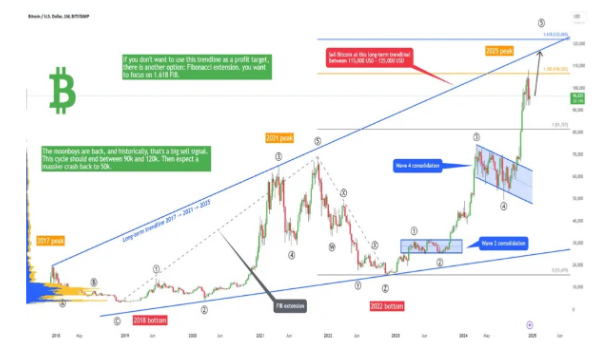

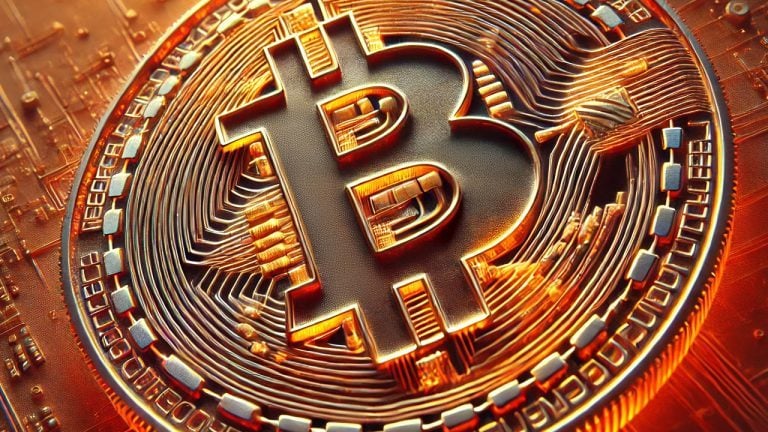


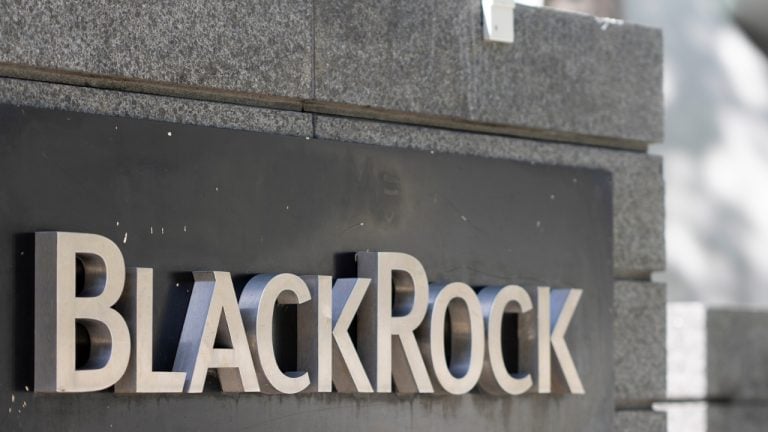
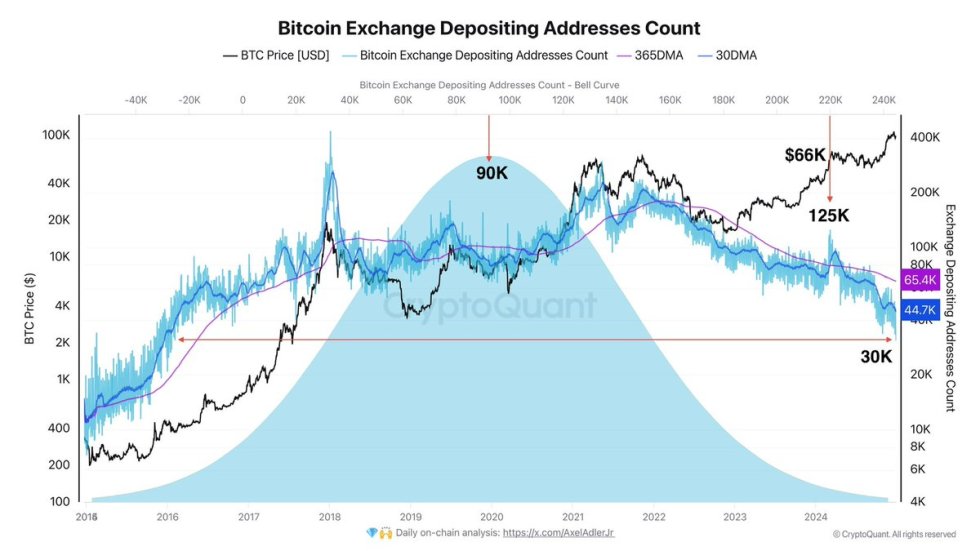



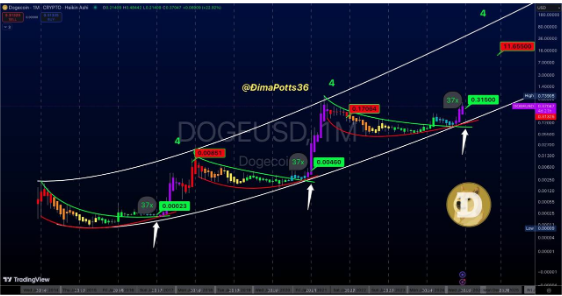



Comments